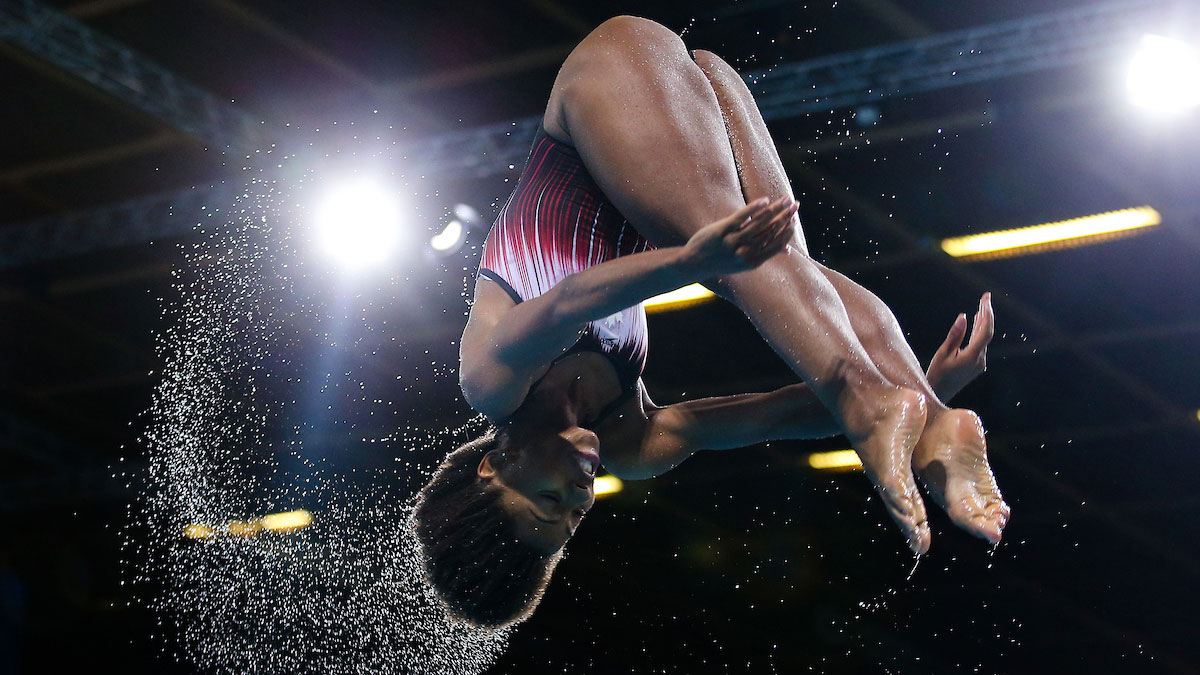
Diving scores and degrees of difficulty
March 16, 2016Diving scores reflect the fact that each dive has elements that make it more or less difficult than another dive. This includes:
- The body position or combinations of positions
- From what approach, or group, the dive will be taken.
There is no distinction between running and standing take-offs, and each dive has its own tariff or degree of difficulty, defined by FINA.
A dive is split into five parts
- The Starting Position
- The Approach
- The Take-Off
- The Flight
- The Entry.
Dives must be executed either head-first or feet-first into the water, although feet-first entries are typically only used for some 1m springboard dives at junior level or for high diving. In all cases the body must be straight with the feet together and the toes pointed.
In head-first entries the arms need to be extended beyond the head, and in feet-first dives the arms must be at the sides. The entry into the water must be vertical or nearly so.
Did you know: A diver taking off from the 10metre platform hits the water at 30mph and is in the air for less than three seconds.
Diving Scores and Judges
Diving scores use a range from one to 10, in ½-point increments. The score of each dive is calculated by first adding the total awards of the judges.
It is customary to have five or seven judges – seven at certain major international events – and they only focus on how the dive has been performed. The difficulty of a dive is denoted by its tariff.
When calculating the overall score for a dive, the highest and lowest diving scores from the judges are ignored.
If there are five judges, the remaining three scores are multiplied by the tariff to give the dive score.
If there are seven judges, the five remaining scores are added together. Then the result is mathematically adjusted to be the equivalent of three scores for comparison purposes.
In synchronised diving events, there is a panel of seven or nine judges: two to to give diving scores to one diver, two to mark the execution of the other, and three or five to judge the synchronisation.
 Swim England Diving Sport Hub
Swim England Diving Sport Hub